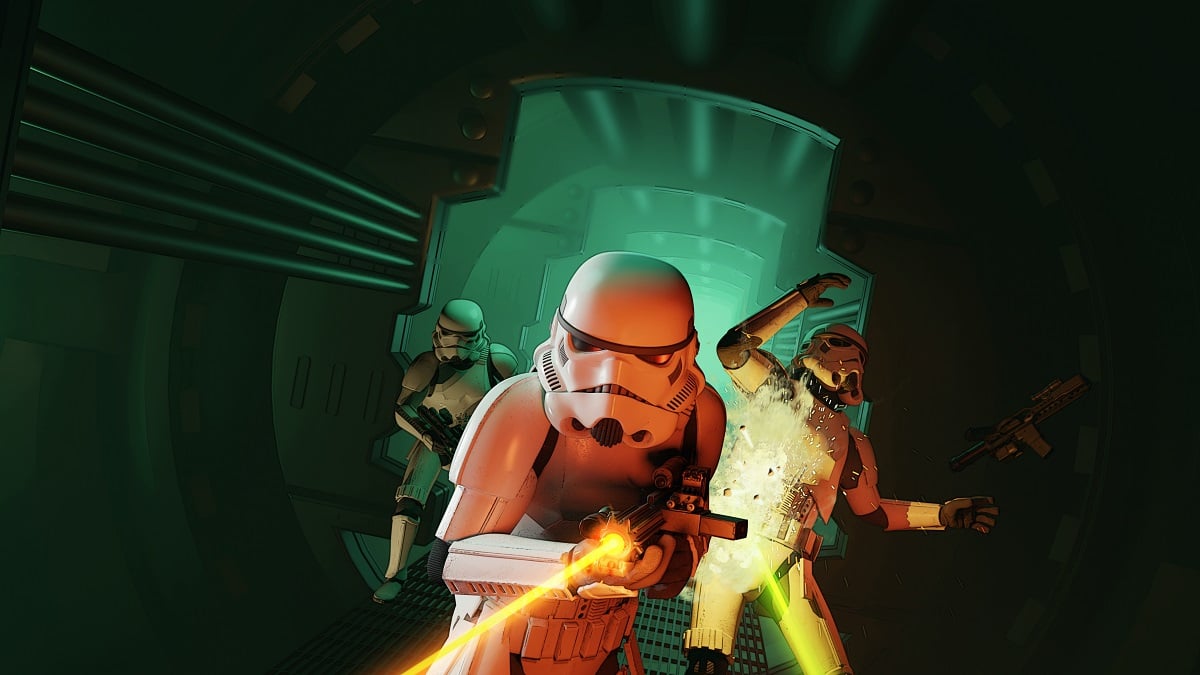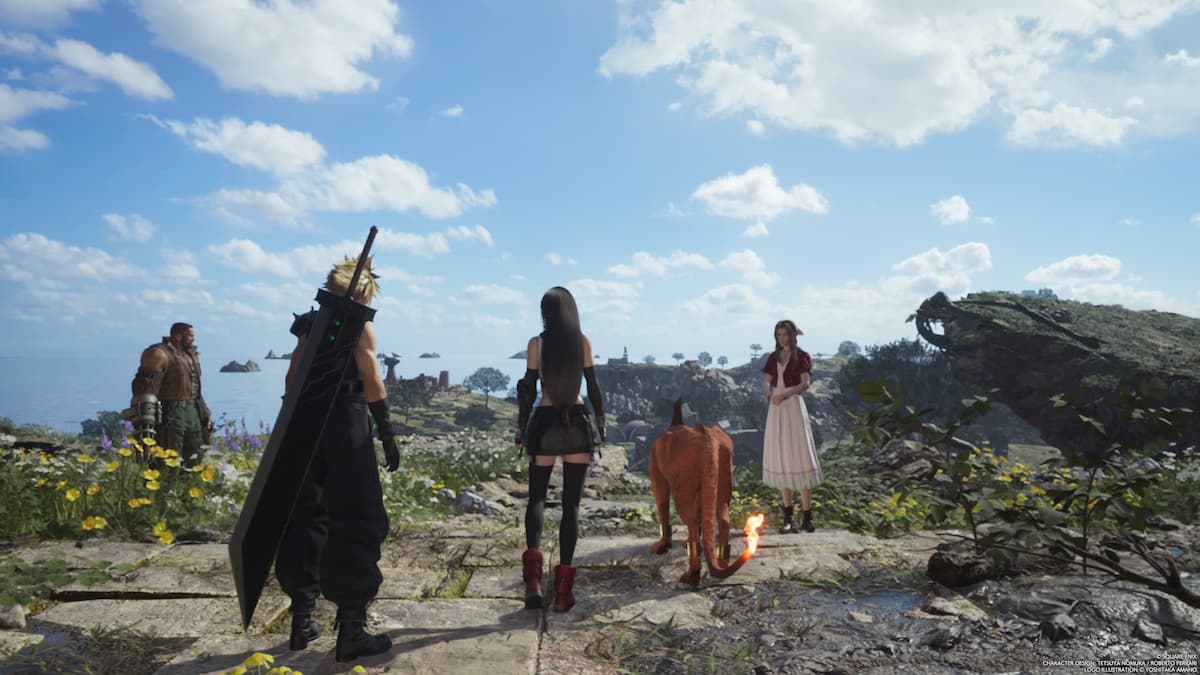Nintendo offers its Switch owners the opportunity to design games for themselves and others with Game Builder Garage, a programming game built in-house at Nintendo. It’s less a game in the strictest sense of the word and more of a programming 101 course and toolbox aimed at younger users. The game has two modes. The first consists of interactive lessons that will teach players coding and game design basics, while the second, Free Programming mode, is where players can apply those skills to build, in theory, whatever game they feel like making. It’s an enlightening game for newcomers to programming, but one that may cause some frustration as well.
As someone with no programming experience to speak of, I spent the bulk of my time with Game Builder Garage taking in those interactive lessons. Each of the seven classes teaches players how to build a different type of game in rudimentary style, from a side-scrolling platformer to a space-set shoot ’em up to a racing game. These lessons are hand-held tutorials in which Bob the Blue Dot provides players with step-by-step instructions on how to do things, introducing new Nodons — Nintendo’s anthropomorphized programming widgets — with each lesson. The Nodons talk to each other with humorous banter that might help keep younger players engaged, but older players may find themselves wishing that Bob would get to the point.
But Game Builder Garage isn’t as simple as its façade suggests. The Nodons have pretty clear purposes described in their names that make sense once Bob explains them. The World Nodon lets you change the environment settings. The Break Object Nodon will, you guessed it, break an object under the conditions you’ve set. They’re not always classified intuitively in the Nodon menu (what is the difference between a Fancy Object and a Special Object, exactly?), but they more or less do what they say on the tin.

Between lessons, a different dot, Alice, quizzes players on how to use the Nodons they learned about in their last walkthrough with Bob. If players get stuck during one of these challenges, they can check Alice’s Guide for a mini-tutorial, refreshing their memory on how each Nodon works. Essentially, Bob is there to show how to use Nodons, while Alice is concerned with ensuring you understand a bit of why they work that way.
Working through these seven lessons, I didn’t finish feeling like I could jump into free programming mode and build something with ease, but I did walk away with a better understanding of programming basics and how games I love to play function underneath the hood. That has an innate value in itself, even if it’s not entirely helpful in practical settings. It’s the liberal arts education of programming and game design.

But there are hidden complications once you click on the properties menu of any given Nodon. Hidden within are lots of extra options. Some of them are simple enough, like what color an object should be or what kinds of other Nodons it acknowledges. But there’s also a lot of raw numbers and XYZ axis controls. That’s fine and necessary to give the game’s toolset versatility, but Bob and Alice don’t do a great job explaining how to use these or providing players with a firm sense of scale or frame of reference. Bob tells players which numbers to use during lessons and assumes they get the picture. Once in Free Programming mode, this means there’s a lot of trial and error to get things positioned and to behave as intended.
It’s also frustrating that the game has you repeat the same programming setups repeatedly and doesn’t provide a simple way to replicate them. For example, each lesson involves setting up a simple process by which the game automatically resets once complete. Why isn’t there an easy “reset sequence” macro that generates the framework of this sequence? The ability to use and even set up these shortcuts would make things much less tedious for players.
The game also isn’t going to answer any of the natural questions that arise from programming using preset functions. The Nodons provide you with shortcuts for programming, but who programs the Nodons? With no way to look at actual code in the game, it seems implied that players should look elsewhere for answers and to advance their programming skills.
Game Builder Garage provides players the ability to make art assets, but that’s limited to 2D drawings conducted in an MS Paint-style mini-program. Otherwise, players have to work within the game’s simple aesthetic. That may be appealing to anyone looking for a safe and wholesome place for their kids to try out their game-building skills, but older players may chafe against the artistic constraints.
Game Builder Garage seems like a game that will live or die based on the strength of its community. If players pick up where Nintendo left off and provide quick online tutorials for achieving the trickier game-building techniques that Bob doesn’t cover well enough, it might become something special. Even without that, it’s a decent first step for anyone looking to learn about programming, especially kids.
Rating: 3.5 out of 5
Game Builder Garage is on sale now for Nintendo Switch. The publisher provided a review code for this review.


